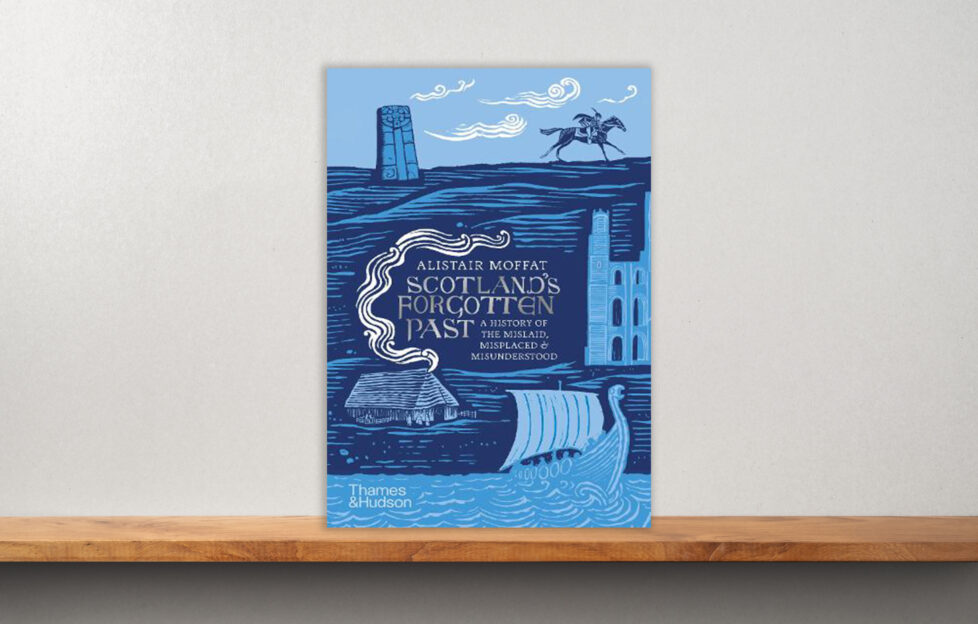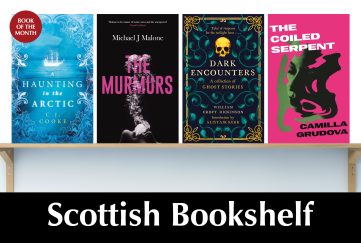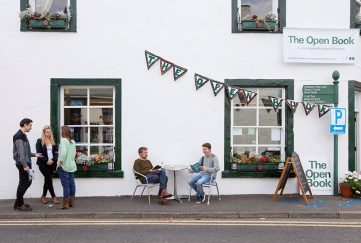Scotland’s Forgotten Past!

Q&A with Alistair Moffat about his latest book Scotland’s Forgotten Past – A History of the Mislaid, Misplaced & Misunderstood, which delves into thirty six surprising lost stories from Scotland’s rich history…
What inspired you to write Scotland’s Forgotten Past?
It was the ultimate lockdown project! I had all the research to hand. I’ve written about Scotland a great deal, so a lot of it was information I’d already discovered, but hadn’t been able to use yet. It was great opportunity to talk about these forgotten tales. I wanted to avoid the book being the usual tale of kings and queens and saints, trailing across the landscape. That’s why I chose to write about everyday history – these things are just as much part of our lives as the ruins of Melrose abbey, or Stirling Castle, Edinburgh Castle. I wanted it to be a people’s story. It’s always a good thing if people feel that they know a little bit about something and then you tell them a bit more, that’s good. You got folks into the story.
While there’s lots of continuity in history, there’s lots of discontinuity. There’s real shocking change.
Tell me a bit about the illustrations?
I was really pleased with when I saw it is how beautifully presented it all is. The illustrations and woodcuts by Joe McLaren are super – I take no credit at all for that. I like the cover with Robert Carey riding like the wind and I was glad to see Kelso Abbey on front of a book. It’s been many years since I’ve lived there, but great to see.
What’s your process?
Just reading. I basically never ever go anywhere without a notebook and a camera. I have a terrible habit of disappearing down rabbit holes on the internet for hours, thinking, ‘that was a waste of time but it was really interesting.’ And all that came together in this book in a way. I looked for things that had been mislaid or misunderstood. The gruesome chapter about the cave on the Moray Firth Coast where these children were decapitated in pre-history was included because it shows that our ancestors were not like us. They believed things in a clearly religious right. They believed things that we just simply can’t understand. While there’s lots of continuity in history, there’s lots of discontinuity. There’s real shocking change.
The book was about making people say, ‘really?’
Any favourite historical figures and chapters from the book?
The first explorer as it were to come to Scotland and leave a pretty difficult to follow record was a Greek traveller called Pytheas. He certainly went to the Isle of Lewis. So I wanted to write about him because the idea somebody could take measurements of latitude, we think we invented this, we didn’t. I also included James Small the inventor of the modern plough because Small’s invention changed the world and the landscape, in Scotland, Britain and North America. So I wanted to remember him. There were also many familiar stories that I looked at in unfamiliar way. The book was about making people say, “really?” Make them smile and pique their interest. It was a lot of fun to do.
Scotland’s history is a new subject.
What is it about forgotten stories that attracts you?
When I was a child you weren’t taught Scottish history. Scottish history is truly in the process of being discovered. There are great historians like James Hunter, Tom Devine, Michael Lynch and so on who have done hugely important work, but it really only started thirty or thirty five years ago. Scotland’s history is a new subject. There’s a great deal to be discovered. You could write half a dozen books like this frankly and still have plenty of material left over. It’s discovering. I like the idea of discovery.





